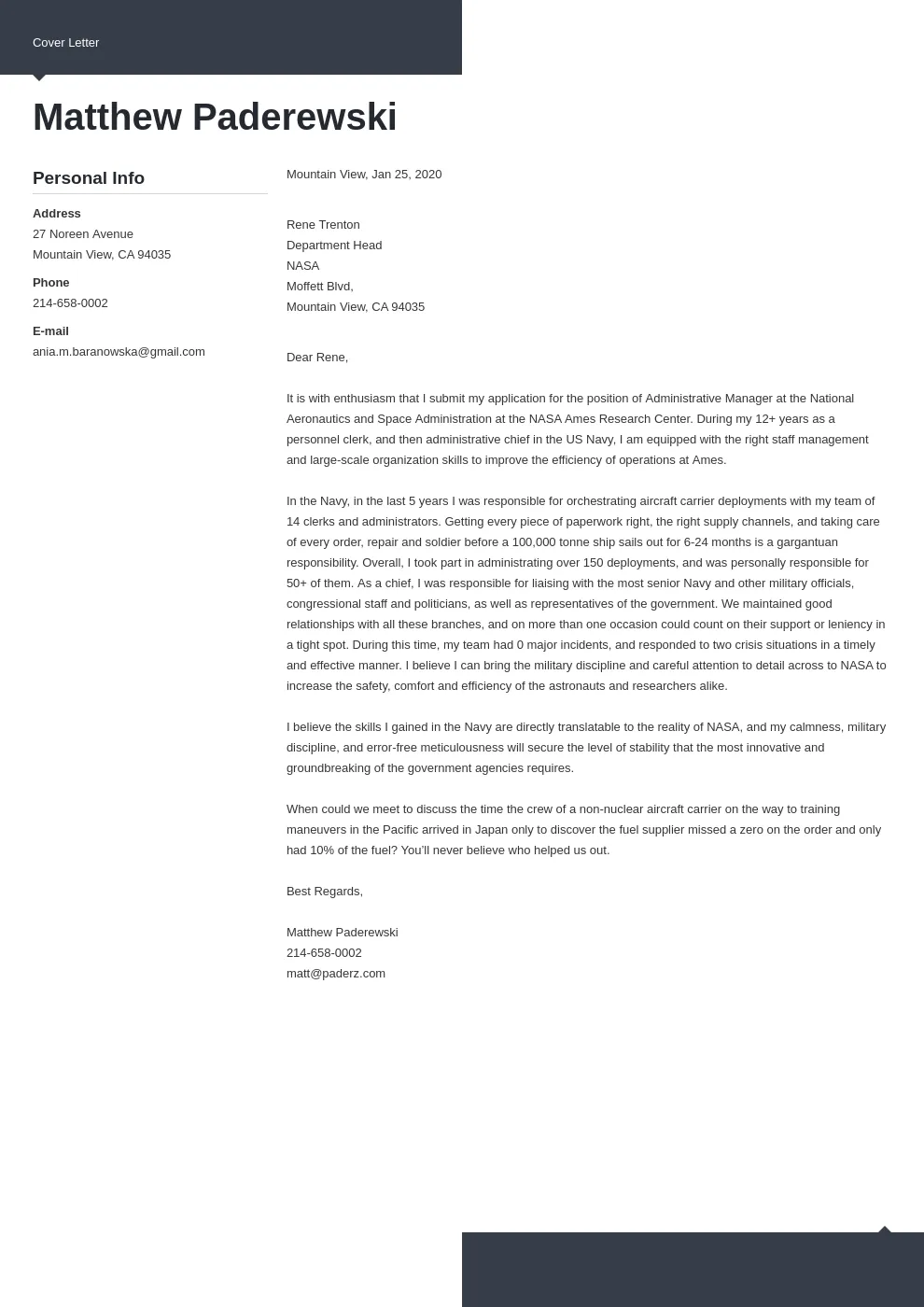Why a Great Government Job Cover Letter Matters
In the competitive landscape of government job applications, a well-crafted cover letter is your initial introduction and can be the deciding factor in securing an interview. Unlike resumes, which provide a chronological overview of your experience, cover letters allow you to showcase your personality, enthusiasm, and suitability for the specific role. It’s an opportunity to articulate why you are the ideal candidate, highlighting your relevant skills, experience, and understanding of the agency’s mission. Government positions often attract numerous applicants, and a strong cover letter is essential for distinguishing yourself from the crowd and making a lasting impression on the hiring manager. Failing to invest time and effort in your cover letter can result in your application being overlooked, regardless of your qualifications.
Understand Government Job Cover Letter Essentials
Government job cover letters differ from those used in the private sector. They require a more formal tone and adherence to specific guidelines. Understanding these differences is crucial for writing an effective letter. It’s vital to tailor your letter to the specific requirements of each job, referencing the job description and highlighting the skills and qualifications that align with the agency’s needs. The cover letter should be concise, typically one page in length, and easy to read. The goal is to provide a compelling overview of your qualifications and why you are the best fit for the role. Additionally, familiarize yourself with the agency’s mission and values, as this will enable you to demonstrate your alignment with their objectives and culture. Always research and adhere to any specific formatting or submission instructions provided in the job posting to avoid immediate rejection.
Key Components for a Compelling Letter
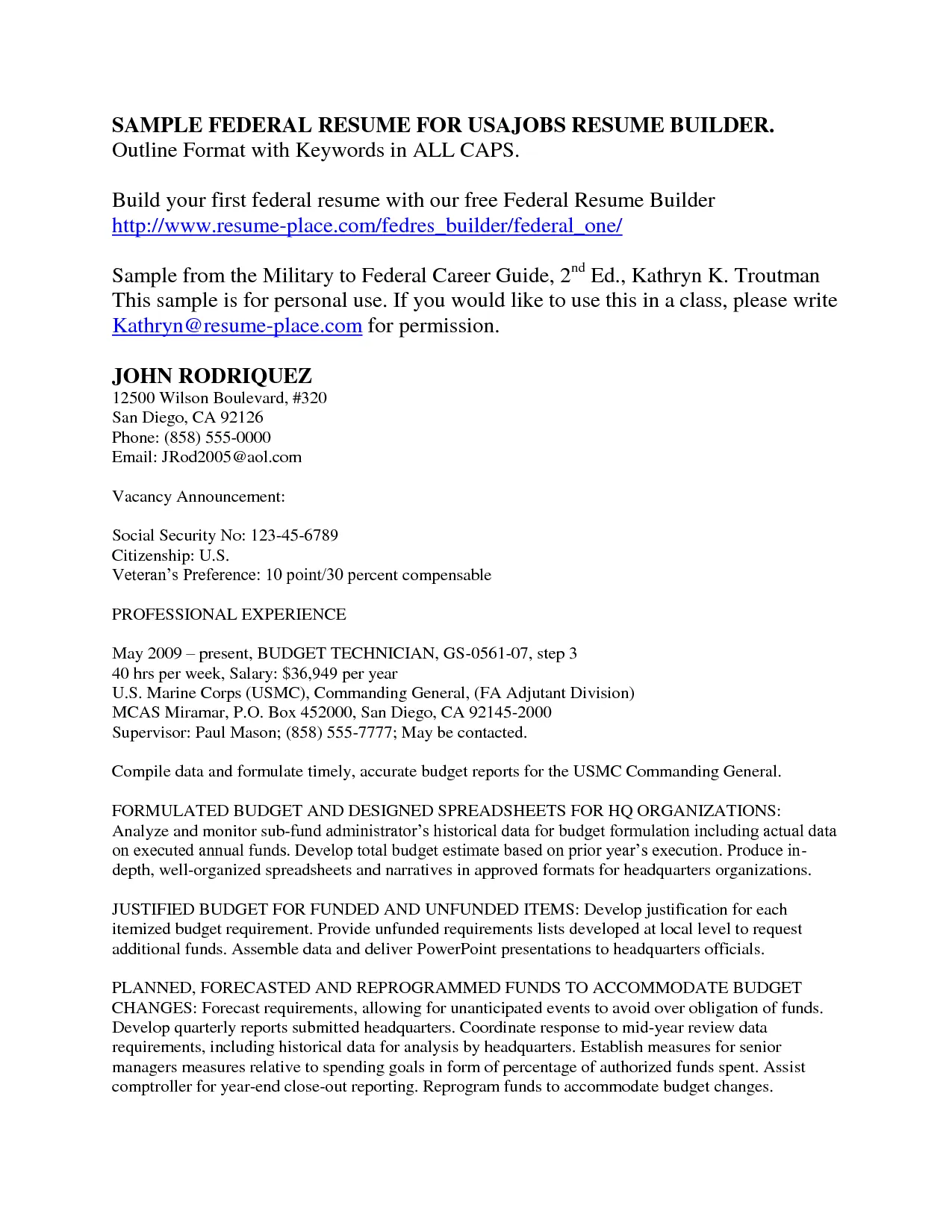
A compelling government job cover letter should include specific sections that present your qualifications clearly and persuasively. These elements work in concert to illustrate your suitability for the position. Starting with your contact information, followed by a professional greeting and a well-structured body, each section serves a distinct purpose in conveying your message effectively. This structure provides a framework for you to showcase your skills, experiences, and understanding of the role. Ensuring that each section meets the appropriate requirements will increase the likelihood of your letter receiving positive consideration from the hiring manager, ultimately leading to the next step in the hiring process.
Contact Information & Date
Begin by including your contact information at the top of the letter, usually on the left side. This should include your full name, address, phone number, and professional email address. Ensure that your email address is appropriate and professional. Immediately following your contact details, include the date. This information is standard and facilitates easy communication if you are selected for an interview. Proper formatting and accuracy are critical to ensure the hiring manager can reach you quickly and efficiently, making a good first impression by demonstrating attention to detail.
Greeting the Hiring Manager
A professional greeting sets the tone for your cover letter. If the hiring manager’s name is available, use it (e.g., ‘Dear Mr./Ms. [Last Name]’). If not, use a general greeting like ‘Dear Hiring Manager’ or ‘Dear [Department Name] Hiring Committee’. Avoid overly casual greetings. Customizing the greeting shows that you have taken the time to research the organization and that you pay attention to details. Addressing the letter to a specific person makes it more personable and demonstrates your genuine interest in the position, creating a favorable impression and enhancing the professional tone.
Highlight Your Relevant Skills & Experience
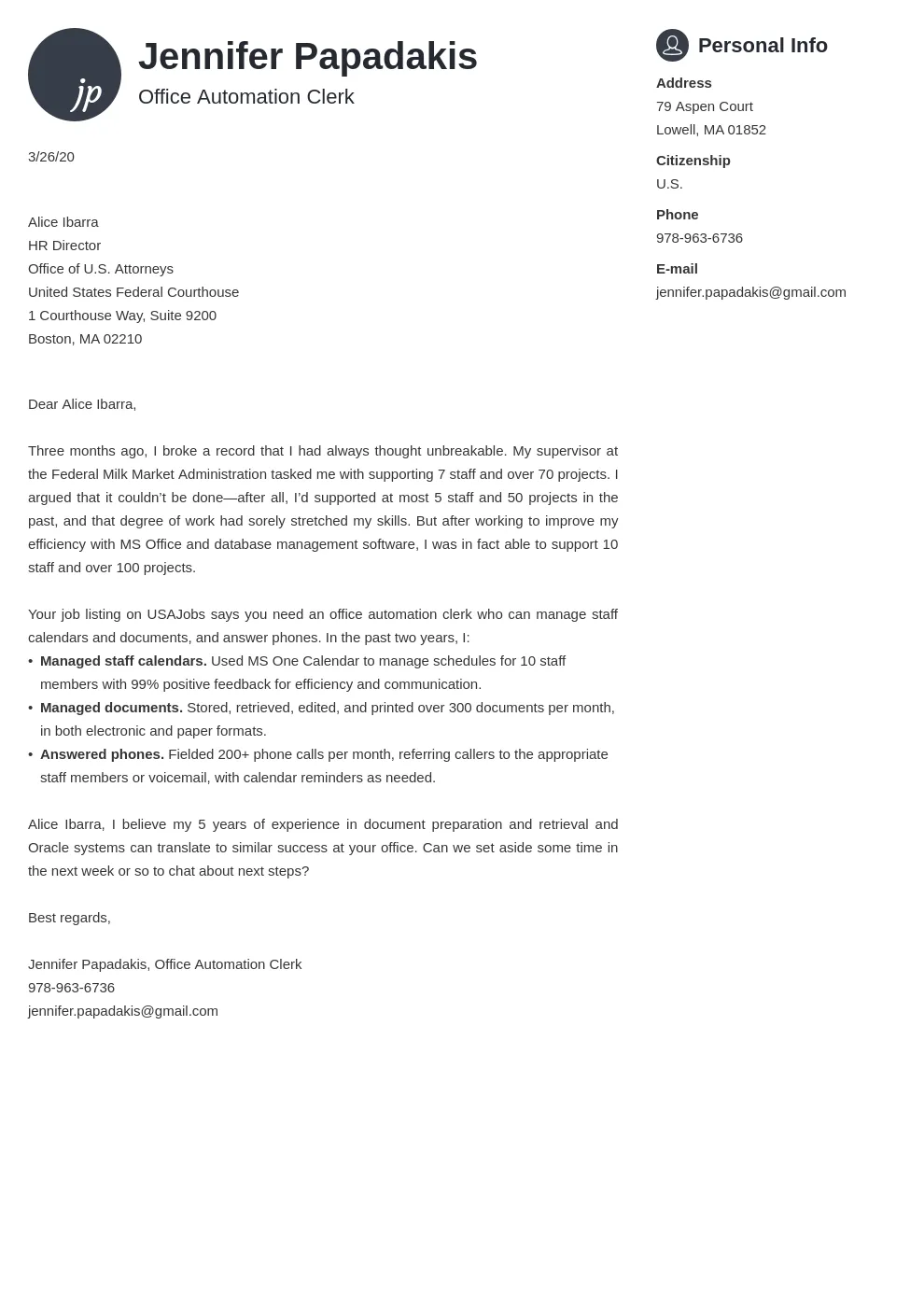
The core of your cover letter is the section where you highlight your skills and experience. Carefully review the job description and identify the key skills and qualifications the agency is seeking. Then, provide specific examples from your previous roles where you have demonstrated these skills. Use the STAR method (Situation, Task, Action, Result) to describe your experiences. This structure allows you to clearly articulate the context of your work, your responsibilities, and the outcomes you achieved. This makes it easier for the hiring manager to see how your past experiences translate into value for the government agency and the particular job you are applying for.
Aligning with the Job’s Requirements
Successfully aligning your qualifications with the job’s requirements involves more than simply listing your skills. It’s about demonstrating that you understand the role and how your expertise directly contributes to the agency’s goals. Analyze the job description to identify the primary responsibilities and required skills. Then, in your cover letter, explicitly state how your experience and skills align with those requirements, and provide specific examples that show you have successfully applied these skills in the past. This targeted approach demonstrates your suitability for the position and also indicates that you have researched the agency’s needs and understand the demands of the job.
Demonstrating Your Understanding of the Agency
A critical element of a compelling cover letter is demonstrating your understanding of the agency’s mission, values, and goals. Research the agency thoroughly before writing your letter. Visit their website, read their mission statement, and familiarize yourself with recent projects or initiatives. In your cover letter, reference these elements, demonstrating that you understand the agency’s priorities and how your skills can contribute to achieving those objectives. Mentioning specific projects, initiatives, or values that resonate with you showcases your genuine interest and helps the hiring manager understand that you are a good fit for the organization’s culture.
Quantifying Your Achievements
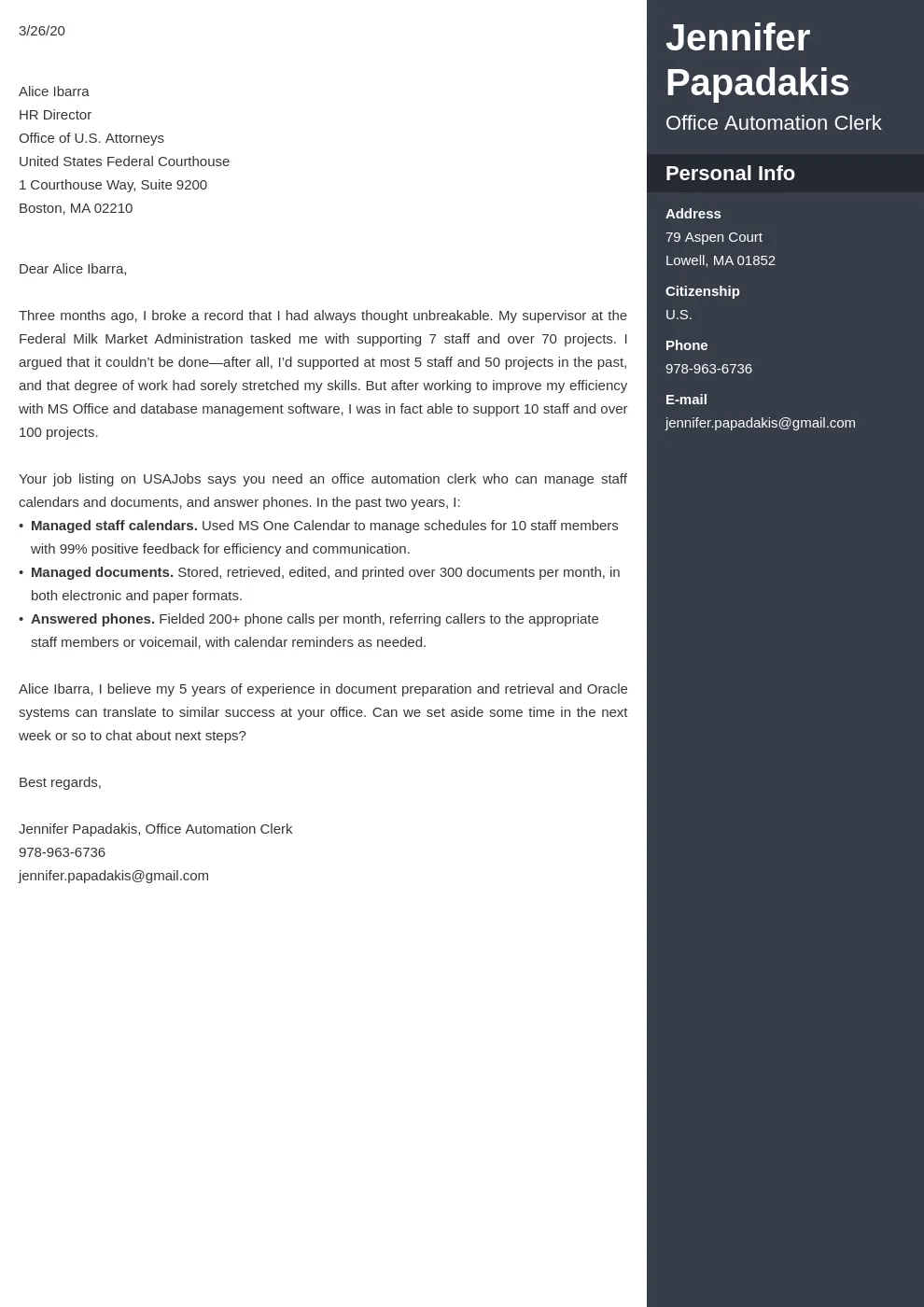
Whenever possible, quantify your achievements to make your cover letter more impactful. Instead of simply stating that you ‘improved efficiency,’ provide specific data, such as ‘increased efficiency by 15% through process optimization.’ Quantifiable achievements provide concrete evidence of your capabilities and the value you can bring to the agency. Use numbers, percentages, and specific metrics to illustrate the impact of your work and make your accomplishments more tangible and persuasive. This level of detail not only demonstrates your success but also shows your ability to measure and analyze outcomes, an important skill in many government roles.
Showcase Your Problem-Solving Abilities
Government jobs frequently require individuals to solve complex problems and handle challenging situations. Use your cover letter to highlight your problem-solving abilities by providing specific examples where you have successfully identified a problem, developed a solution, and implemented it. Describe the situation, the steps you took, and the outcome. Emphasize the critical thinking and analytical skills you employed to overcome obstacles and achieve positive results. This will demonstrate your ability to navigate complex situations effectively and make you a stronger candidate for any government position.
Emphasize Your Soft Skills
While technical skills are important, don’t overlook the value of soft skills. Government jobs often require teamwork, communication, and leadership capabilities. Highlight relevant soft skills such as communication, adaptability, teamwork, and leadership. Provide examples that showcase these skills in action, such as how you have successfully collaborated with diverse teams, resolved conflicts, or managed challenging projects. Soft skills demonstrate your ability to work effectively in a team, manage relationships, and contribute to a positive work environment, qualities that are highly valued in the public sector.
Formatting and Structure for Readability
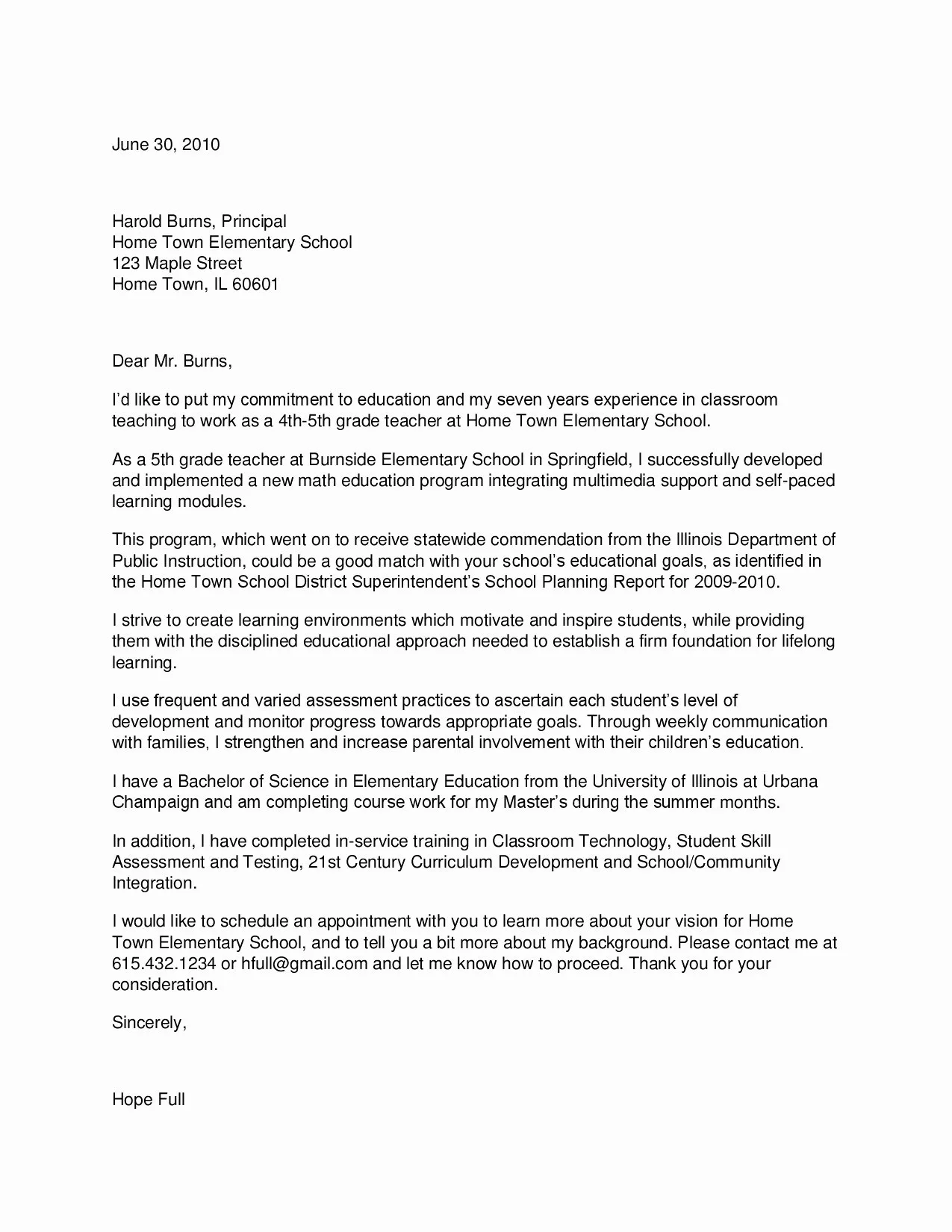
A well-formatted cover letter is essential for creating a positive first impression and ensuring that your message is easily understood. Proper formatting and structure make your cover letter visually appealing and easy to read, which is crucial for keeping the reader engaged. By focusing on clarity and organization, you can enhance your chances of making a strong, positive impression on the hiring manager.
Writing a Powerful Opening Paragraph
The opening paragraph of your cover letter is your first chance to capture the reader’s attention. Start with a strong statement that clearly states the position you are applying for and where you saw the job posting. Briefly mention why you are interested in the role and the agency. Highlight a key skill or achievement that makes you a strong candidate. Make sure the opening is engaging and immediately conveys your enthusiasm for the opportunity, setting the tone for the rest of your letter and encouraging the hiring manager to continue reading.
Crafting Engaging Body Paragraphs
The body paragraphs of your cover letter should expand on the points you introduced in the opening. Each paragraph should focus on a specific skill, experience, or achievement that aligns with the job requirements. Use the STAR method to provide concrete examples that demonstrate how you have used your skills in previous roles. Keep your paragraphs concise and focused, ensuring that they are easy to understand and directly relevant to the requirements of the position. Use clear and concise language to maintain the reader’s interest and make your points persuasively.
Tips for the Closing Paragraph
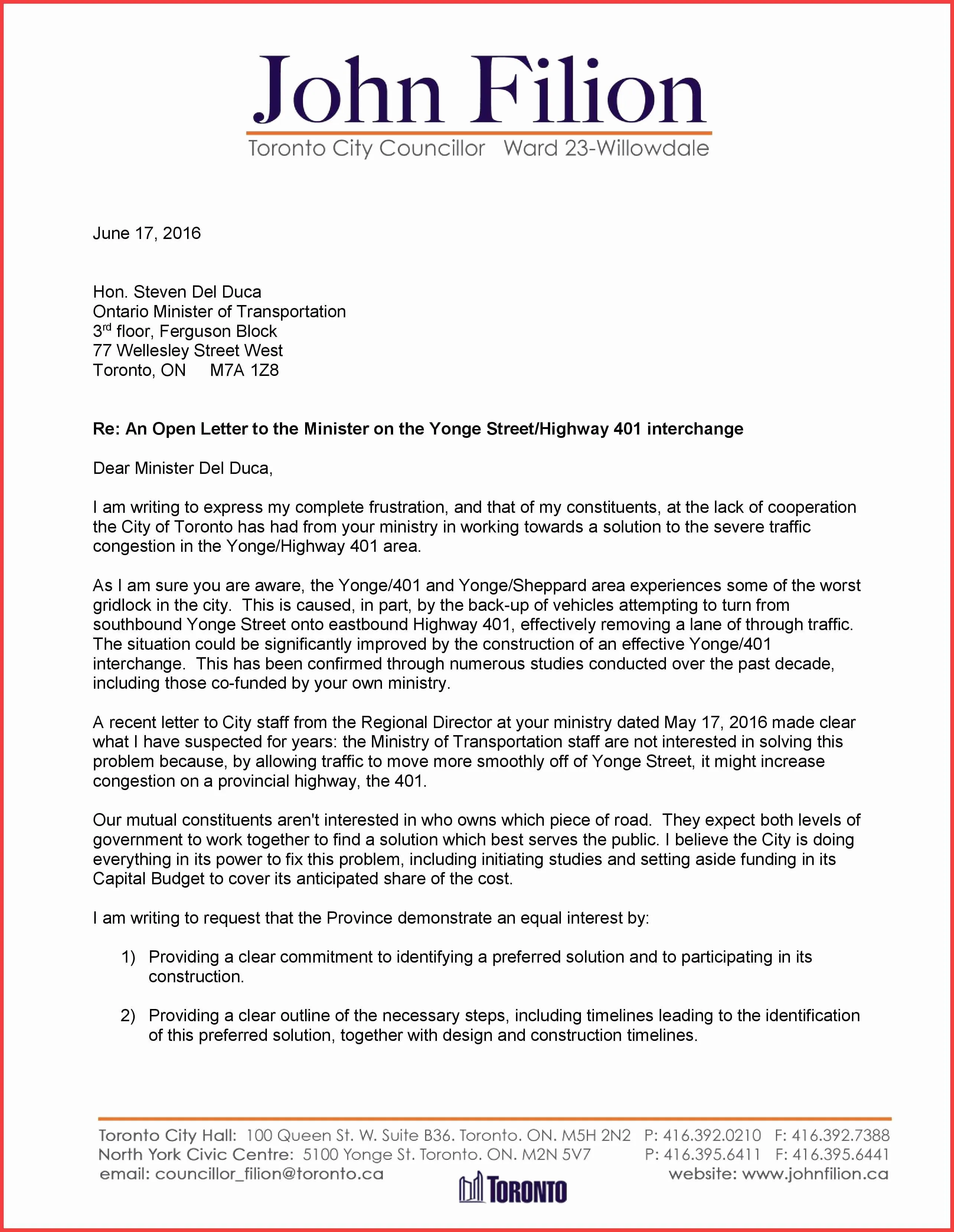
Your closing paragraph is your final opportunity to reinforce your interest in the position and express your enthusiasm. Summarize your key qualifications and reiterate why you are a good fit for the role. Include a clear call to action, such as stating your availability for an interview and how you can be reached. Thank the hiring manager for their time and consideration. End with a professional closing such as “Sincerely” or “Respectfully,” followed by your name. A well-crafted closing paragraph leaves a lasting positive impression and encourages the hiring manager to move forward with your application.
Call to Action for the Next Steps
Always include a clear call to action in your closing paragraph. This tells the hiring manager what you want them to do next. State that you are available for an interview and provide your contact information. Make it easy for them to reach you by including your phone number and email address again. Express your eagerness to discuss your qualifications further and reiterate your enthusiasm for the position. This gives the hiring manager a clear path to contact you and demonstrates your proactivity in the hiring process.
Examples & Templates to Guide You
Using cover letter examples and templates can be a valuable resource when writing your own. They provide a framework and structure to help you organize your thoughts and ensure you include all the necessary information. Review several examples and templates to gain inspiration and learn different approaches to highlighting your skills and experience. However, remember to customize each example to reflect your unique qualifications and the specific requirements of the job you are applying for. This ensures that your cover letter is tailored to the position and resonates with the hiring manager.
Government Job Cover Letter Example 1
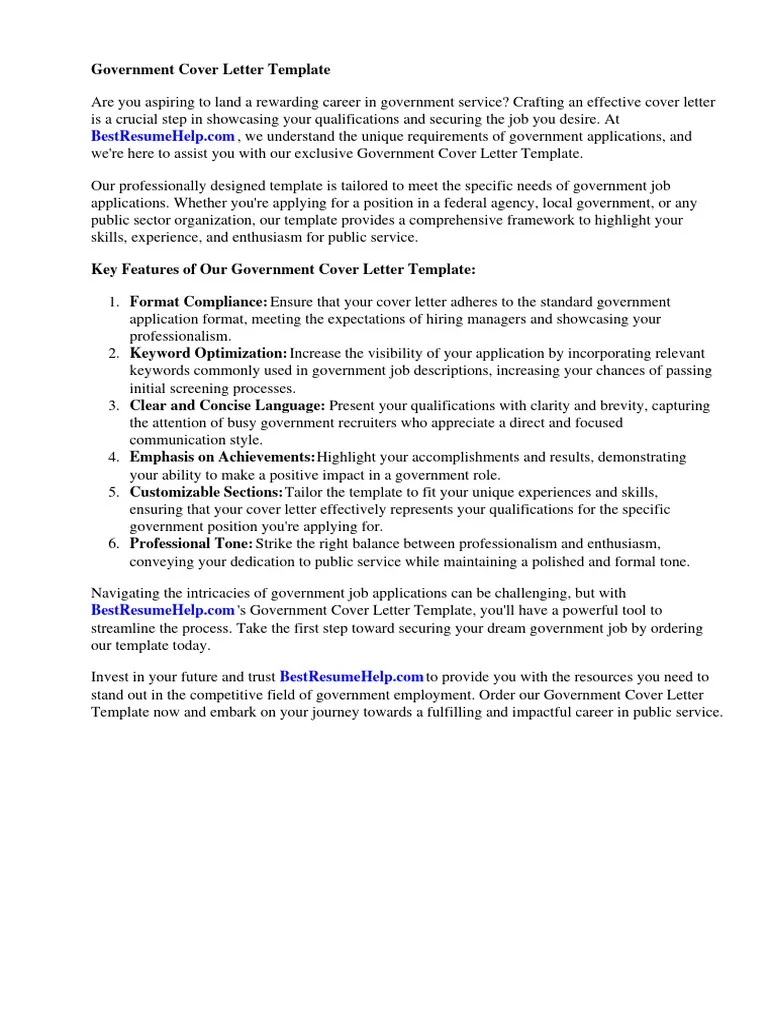
Provide a basic example here with relevant information. This example might be for an entry-level administrative position. Focus on the key requirements, highlighting experience in organizing and communication. Include a call to action that invites an interview.
Government Job Cover Letter Example 2
Provide a more complex example tailored for a specialized position, such as a project manager or a data analyst. This example should show how you can address complex issues by providing strong, practical examples of your skills and experiences. Mention how the candidate demonstrates their analytical skills in a way that makes the agency more efficient and successful.
Common Mistakes to Avoid
Avoiding common mistakes can significantly improve your cover letter’s effectiveness. Proofread your cover letter carefully to eliminate any grammatical errors or typos. Make sure the tone is professional and the format is consistent. Avoid generic templates, which can make your application seem impersonal, and instead, customize your letter for each job. Do not include irrelevant information or exaggerate your accomplishments. Ensure your cover letter directly addresses the requirements outlined in the job description. By paying attention to these details, you can make your cover letter more compelling and increase your chances of securing an interview.
Proofreading and Editing Checklist
Use a proofreading and editing checklist to make sure you catch all errors before submitting your cover letter. Check for grammatical errors, spelling mistakes, and punctuation errors. Verify that your contact information is accurate. Ensure that your language is clear and concise, and that your tone is professional. Confirm that the content is relevant to the job description. Ask a friend or career counselor to review your letter for feedback. A thorough review helps ensure your cover letter is polished and presents you in the best possible light.
Formatting Your Cover Letter
Formatting plays a crucial role in making your cover letter easy to read and visually appealing. Use a standard font such as Times New Roman or Arial, with a font size between 11 and 12 points. Use single spacing for your paragraphs, with a blank line between paragraphs. Maintain consistent margins throughout your document. Ensure that your letter is well-structured, with clear headings and subheadings. Proper formatting helps to keep the reader engaged and allows the hiring manager to quickly find the information they need. Avoid any distracting elements or overly creative formatting that might detract from the content.
File Format and Submission Tips
Pay attention to the file format and submission instructions. Most government agencies require cover letters to be submitted in PDF format to preserve the formatting. Carefully review the job posting for specific submission guidelines. If the posting asks you to send it through an online application system, follow the instructions precisely. Always save your cover letter with a professional file name that includes your name and the job title. By following these instructions, you ensure that your application is received correctly and that your cover letter is presented in the best possible manner.
Final Review and Submission
Before submitting your cover letter, conduct a final review to ensure that everything is accurate and polished. Check for any errors in grammar, spelling, and punctuation. Make sure the formatting is consistent and that your contact information is up-to-date. Verify that your cover letter directly addresses the requirements outlined in the job description. Get a second opinion from a friend or career counselor to ensure that your letter is compelling and effectively highlights your qualifications. Submit your application before the deadline to maximize your chances of being considered for the position. A well-prepared cover letter is your chance to impress and stand out from the crowd.
Additional Resources and Support
Several resources can help you write a compelling government job cover letter. Career centers at universities and colleges offer free cover letter writing assistance. Online job boards provide templates, examples, and writing tips. Government agencies often have their own career pages with resources on applying for jobs. Consider consulting a career counselor to receive personalized feedback and guidance. These resources can help you gain insights into writing the best cover letter. Don’t hesitate to use these resources to develop a strong cover letter that increases your chances of getting hired.
